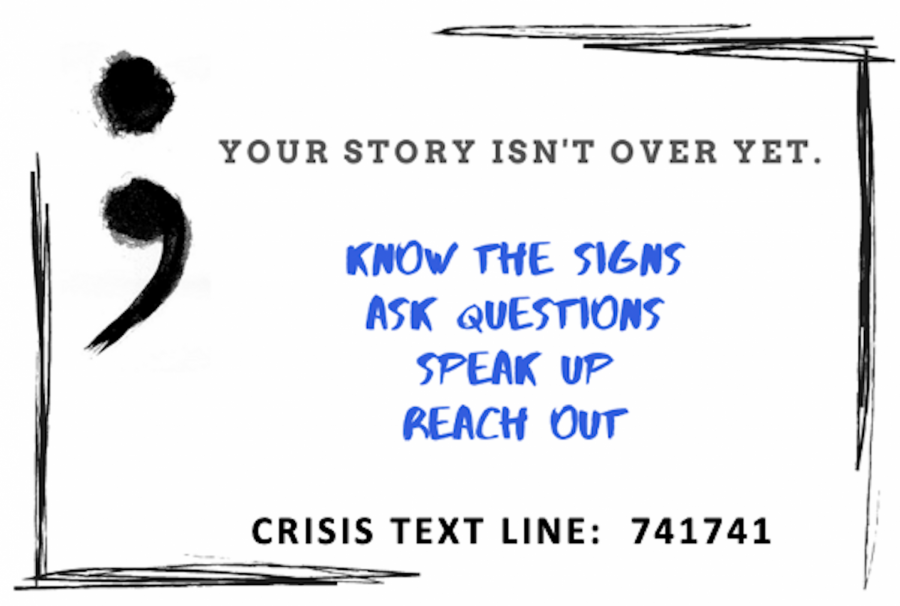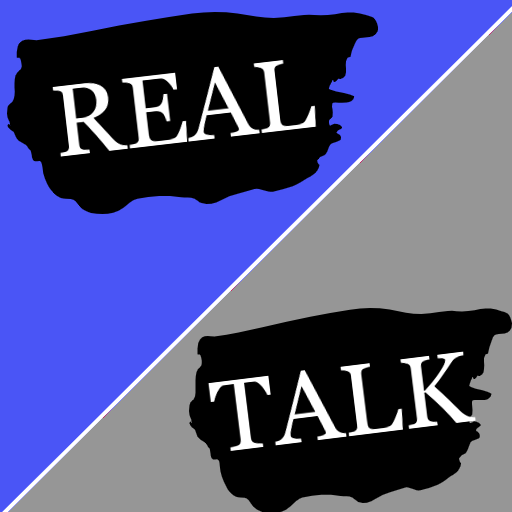New York’s new college plan shows little ‘HOPE’ for affordable college

As New York makes history in college affordability, the flaws stand out. The weak GPA requirements and household income restrictions limit the program’s potential.
May 4, 2017
The state of New York has recently made history. A new law passed allowed families making under $100,000 to have access to free in-state tuition at New York public colleges and universities. New York became the first state in the U.S. to offer this program.
In order to be eligible for the funds, students will have to be enrolled full time, which is a total of 30 credit hours a year, and maintain a grade point average that will allow them to complete their courses.
College tuition has been skyrocketing, and is showing no signs of slowing down. The average yearly cost for in-state residents at a public university is $9,650. Costs of tuition aren’t the only services students are billed for. The average costs of room and board totals out to $10,440 at public universities, and along with meal plans, textbooks, and other fees, a total year at an in-state public college can cost almost $25,000.
While this certainly is a massive step forward in making college more affordable, it’s not without its flaws.
— Staff Writer Mitchell Smith
New York recognized this problem, and decided to take action. The funding for this program will be included in the new state budget.
While this certainly is a massive step forward in making college more affordable, it’s not without its flaws.
The grade point average required is, frankly, the absolute bare minimum. Simply getting passing grades will allow you to remain qualified.
The methods for acquiring funding are through New York state taxes. Why should a hard working individual that struggles to pay their own bills, pay tuition for a student who’s just getting the bare minimum?
The limit on family income also is a problem. Why should a student in households making more than the limit of $100,000 not have the opportunity for free tuition? Do those students not deserve the chance at an affordable education? The income of households can’t show the possible struggles of them. Besides that household, no one knows what happens behind their close doors.
While New York’s program is historic, the state of Georgia also offers two similar programs. However, the program’s requirements are vastly different.
If a student is a full time student with 30 credit hours a year, HOPE will provide $6,990 a year, which is 70% of the annual average Georgia college tuition. The requirements are a 3.0 high school GPA, and maintaining that same 3.0 in college.
Zell Miller will pay for all of tuition, but the requirements are much more difficult. An average high school GPA of 3.7 is required, along with a 26 on the ACT, or a combined math and reading score of 1200 on the SAT.
The HOPE and Zell Miller scholarships do not have a household income limit. All students have a chance for these scholarships, provided they work hard enough.
These programs are funded entirely by the revenue of the Georgia lottery, not from state taxes. The taxpayer will not pay the bill for tuition of a student they will never meet.
New York’s program is too lenient on its requirements. It allows someone barely passing college to receive their tuition free. It doesn’t matter if a student barely passed high school, or has an awful work ethic. Why should taxpayers pay to put a student like that through college? The limit on household income discriminates against those who could have better grades, and those who work harder. Why doesn’t a student with a 4.0 GPA in a household with an income over the $100,000 limit get access to free tuition, and a student with a 2.0 GPA in a household under the income limit of $100,000 does? Are we saying that a 4.0 student will just have to deal with college costs because of their household income?
In order for problems like these to be avoided, New York needs to look at Georgia’s program, and take notes. The GPA requirements must change. If a student is barely passing college, taxpayers shouldn’t pay the bill. Whether funding is acquired from state taxes or lottery revenues, it should allow any student, regardless of household income, to have access to an affordable education. If a student truly needs access to funding, they should at least have a 3.0 GPA, not barely passing.













